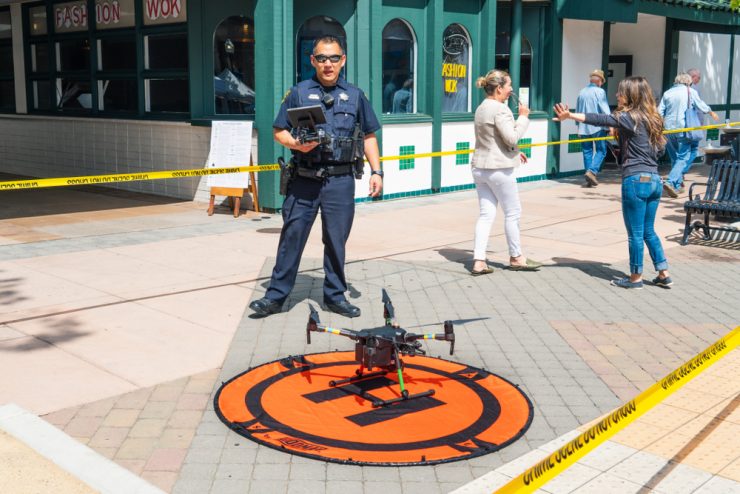The US National Science Foundation (NSF) is supporting the development and deployment of a new Platforms for Advanced Wireless Research (PAWR) platform based in Raleigh and Cary, North Carolina — named Aerial Experimentation and Research Platform for Advanced Wireless (AERPAW) — that will power research on wireless communications for unmanned aerial systems (UAS) and ground mobility at a regional scale.
AERPAW is an aerial wireless experimentation platform with the goals of accelerating the integration of UAS into the national airspace and of enabling new advanced wireless features for UAS platforms, such as flying base stations for rapidly deployable wireless connectivity – will develop a software-defined, reproducible and open-access advanced wireless platform with production-like networking and experimentation features spanning 5G technologies and beyond
“The platform announced today will enable significant research into the wireless communications capabilities necessary for mobility systems such as those involving ground vehicles and autonomous drones,” said Erwin Gianchandani, NSF Acting Assistant Director for Computer and Information Science and Engineering. “By enabling experiments that consider three-dimensional, highly mobile, and diverse scenarios, AERPAW will be critically important for enhancing wireless networking capabilities in our communities, and for furthering the development of innovative new applications that will improve civic services and citizen safety.”
As part of this effort, AERPAW will develop a software-defined, reproducible and open-access advanced wireless platform with production-like networking and experimentation features spanning 5G technologies and beyond.
According to an NSF press release: “The AERPAW platform in Raleigh and Cary joins existing PAWR testbeds POWDER-RENEW in Salt Lake City and COSMOS in New York City. All three platforms are targeting early-stage research in next-generation wireless devices, techniques, protocols and services. The platforms are designed to accelerate the development and commercialization of promising technologies, ensuring continued U.S. leadership in wireless communications while also preparing the emerging workforce for new job opportunities in the digital economy.
“The creation, development, deployment and initial operations of the PAWR research platforms are overseen by the PAWR Project Office (PPO), which is funded by NSF and run by US Ignite, Inc., and Northeastern University. The PPO works closely with NSF and the PAWR Industry Consortium to manage this $100 million public-private partnership. NSF has committed $50 million in cash toward the research platforms over seven years and expects to announce the development and deployment of one additional platform next year. The 30-member PAWR Industry Consortium, consisting of equipment vendors, device manufacturers and wireless carriers, has committed UD50 million in cash and in-kind contributions that include equipment, expertise and human resources.
“NSF’s investment in the PAWR program is part of a broader strategy to support smart cities and communities. These research platforms will help to shape the future of wireless networks that will serve as the foundation for critical applications and services in our nation’s neighborhoods and municipalities.
“Potential outcomes from research on the AERPAW platform may include:
- Advanced wireless networks that enable first responders to share real-time data during emergencies.
- Use of drones to rapidly deploy communication networks during disasters.
- Virtual reality systems capable of hosting workforce training programs.
- Seamless communication between vehicles and roadway infrastructure to reduce traffic congestion and improve public safety.
(Image: Shutterstock)




